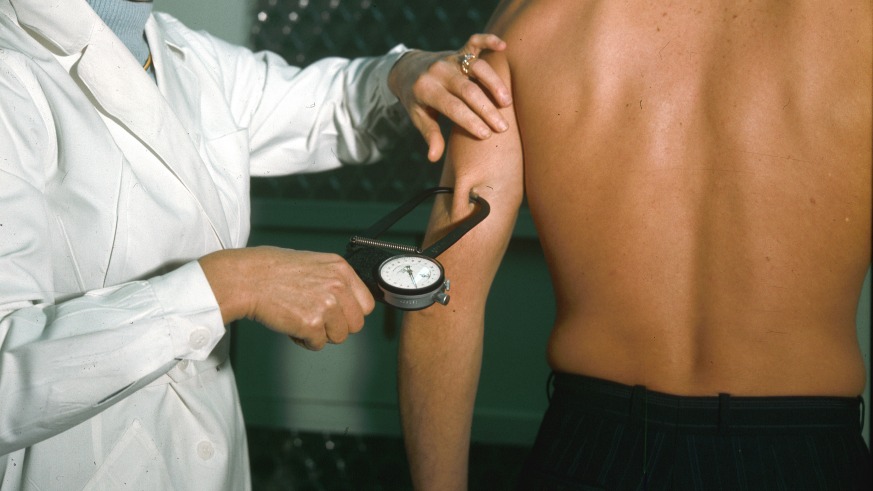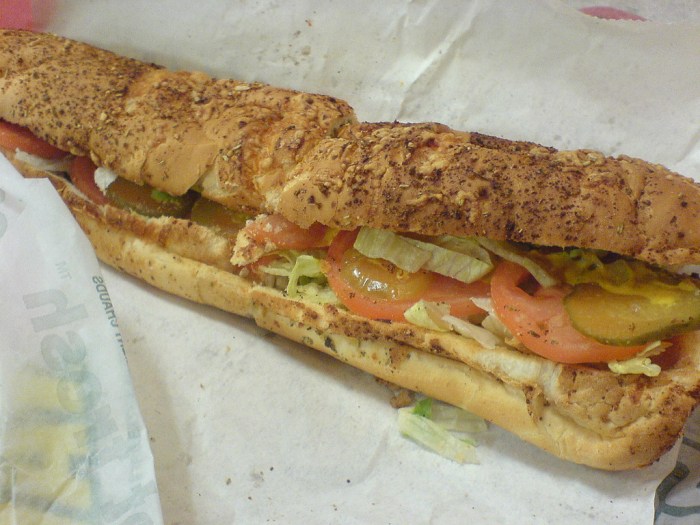We need body fat to survive, but the color of the fat makes a big difference. Some colors of fat cells are the “good” types, meaning they’re easily accessible by the body to use for energy. Other colors are not as good, meaning they’re the type of cells the body likes to store, like the dreaded belly fat, subcutaneous fat (the type you can pinch) and visceral fat (the kind that wraps around your organs), which increases risk for developing Type 2 diabetes and heart disease.
Scientists have long studied the differences in the fat in a quest to beat obesity, but a new study published by researchers at Australia’s Monash University think they’ve finally found the “switch” inside the brain that dictates the color of fat.
Brown fat vs white fat
The study, published in the journal Cell Metabolism, found that the body regulates the way body fat is stored with a “switch,” turning it from white fat cells to brown fat cells — and back again — depending on the situation.
The body contains specialized fat cells called adipocytes that switch between brown cells and white cells, according to the study. When you eat, the brains responds to the insulin, prompting it to send signals to adipocyte cells to turn brown.
Then, when you’re not eating, the adipocyte cells switch back to white to save energy. White fat cells — also called yellow fat cells — are what you typically think of when it comes to fat. This type of fat is found throughout the body and is there to protect and insulate organs, but too much of it leads to weight gain and potential health problems.
Brown fat cells get their color from the blood vessels and mitochondria in them and they generate heat which, in turn, helps burn off white fat. Originally scientists thought that only babies had brown fat cells, but a 2009 study found small amounts of brown fat in adults. Further, the researchers found that leaner people with lower body mass indexes (BMIs) had more brown fat than adults with higher BMI.
What researchers didn’t understand was why lean people have more brown cells while people with obesity have fewer — until now. Lead researcher Professor Tony Tiganis says the study shows that the adipocyte cells in obese people never switch to brown cells, encouraging constant storage and weight gain.
“What happens in the context of obesity is that the switch stays on all the time — it doesn’t turn on or off during feeding,” he wrote in the study. “As a consequence, browning is turned off all the time and energy expenditure is decreased all the time, so when you eat, you don’t see a commensurate increase in energy expenditure — and that promotes weight gain.”
The role of beige fat in the body
Most of the focus is on brown and white fat, but there’s another fat cell color you should know about. Beige fat is like brown fat in that it’s an energy-burning cell. It’s found underneath the skin — typically in pea-sized amounts around the spine and collar bone — that are converted from white fat cells during exercise, thanks to a hormone known as irisin, and burn extra calories.
The real key to keeping off fat then, according to researchers, is to find a way to increase the number of brown (and beige) fat cell in order to help burn off excess energy and white fat cells. It’s easier said than done, though the discovery of the “switch” in the brain is a huge breakthrough.
The next step is to find a way to “rewire” the switch in people with obesity.
“What our studies have shown is that there is a fundamental mechanism at play that normally ensures that energy expenditure is matched with energy intake. When this is defective, you put on more weight,” said Tiganis. “Potentially we may be able to rewire this mechanism to promote energy expenditure and weight loss in obese individuals.”
Unfortunately, any therapy is still “a long way off,” he said.
How to increase brown fat cells in the body
Don’t get too disappointed, though; weight loss is still possible regardless of the number of white and brown fat cells you have. The typical advice of “eat less, move more” applies in this case — as long as you don’t take it too far — meaning you should eat fewer calories than you burn a day.
Or, you can opt to work out in cooler temperatures to help activate those brown and beige fat cells. In a 2012 study, six men remained inactive for three hours while wearing a cold suit with a temperature of 64.4 degrees Fahrenheit. After the three hours, the volunteer burned 250 more calories than they would have otherwise.
It doesn’t sound like a lot, but 250 calories a day can stack up to some serious weight loss over time.



















